Updated October 4, 2018
When it comes to treating wounds, choosing the right wound care dressing is a critical part of the healing process.
Shield HealthCare offers a comprehensive line of Advanced Wound Care and Traditional Wound Care dressings from leading companies like 3M, Acelity, ConvaTec, Crawford, Dukal, DermaSciences, Hollister, Lohmann & Rauscher, and Molnlycke.
Refer to our wound reference guide below for a quick and simple overview of the most commonly used wound care dressings that facilitate healing.
Wound Dressing Reference Guide
Alginates: Absorptive dressings with calcium and sodium fibers made from seaweed, spun into rope or flat-dressing form. Helps achieve hemostasis in full- or partial-thickness wounds.
Collagen: Freeze dried sheets or collagen particles, pastes, or gels, usually derived from animal sources. Effective for treating chronic, non-healing granulated wound. Stimulates new tissue development. 
Composite: Combination of two or more distinct products as a single dressing. Can be used as primary or secondary dressing.
Compression Wraps: Wraps that provide graduated compression and promote venous blood return. Available in single or multi-layer systems.
Contact Layer: Thin, non-adherent sheets placed directly on an open wound bed. Protects would tissue from direct contact with other agents or dressings applied to the wound.
Foam: Composed of polymers that contain small open cells (sponge-like), capable of holding fluids and wicking them from wound bed. Assists with debridement and permeable to water vapor. Use on moderate to heavy exudative wounds.
Guaze – impregnated: Non-adherent sponges, ropes, and/or strips that are saturated with a solution.
Hydrocolloid: Wafer dressings containing gel-forming agents in an adhesive compound laminated onto a flexible, water-resistant outer layer. 
Hydrogel: Hydrated polymer dressings that regulate fluid exchange from the wound surface. For use on shallow, minimally exuding wounds and dry ulcer beds.
Specialty Absorptive: Multi-layered dressings consisting of highly absorptive fiber layers, such as cellulose, cotton or rayon. Indicated for wounds with heavy drainage.
Transparent Film: Thin transparent polyurethane coated with an adhesive. They are moisture-vapor permeable. Use on flat, non-draining partial thickness wounds; on intact skin as protection; and on eschar to promote autolytic debridement.









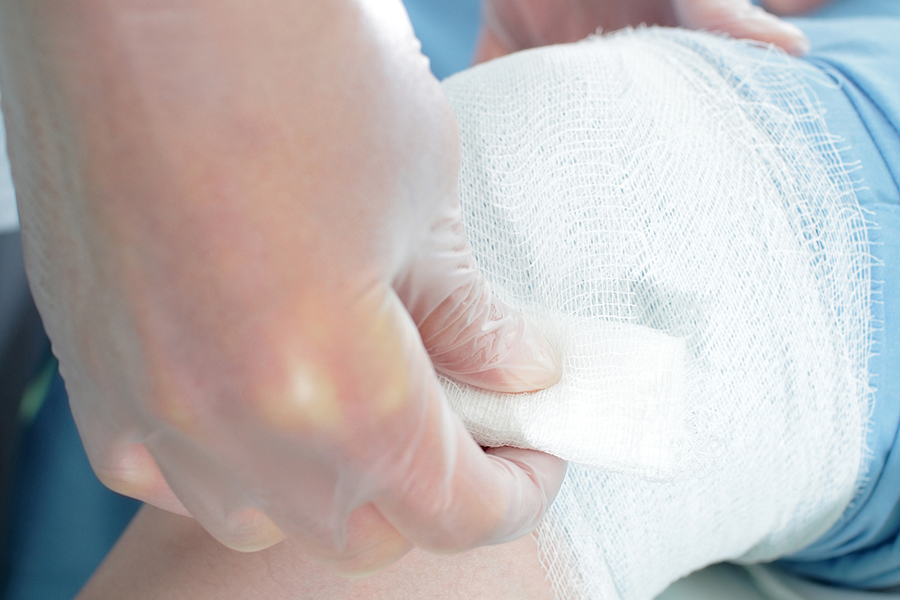
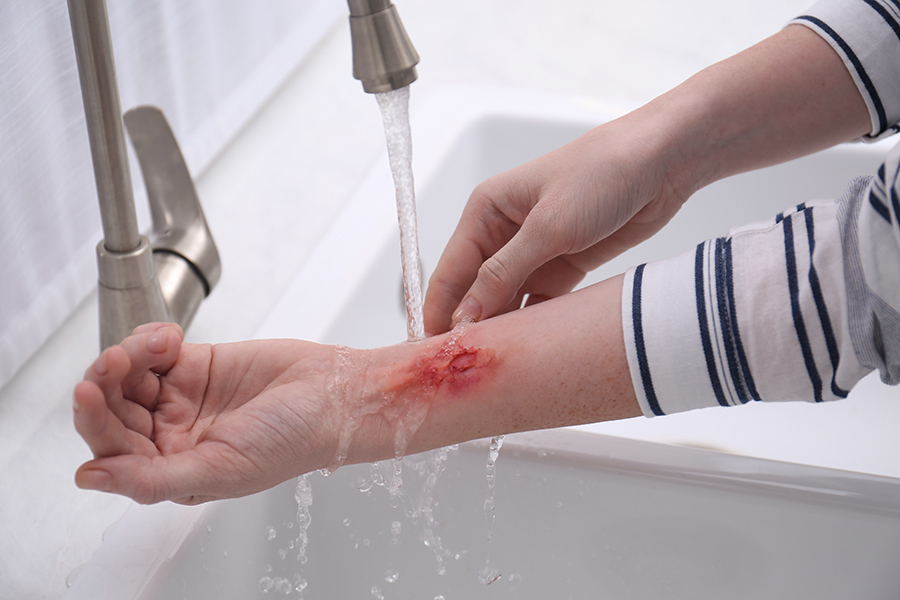






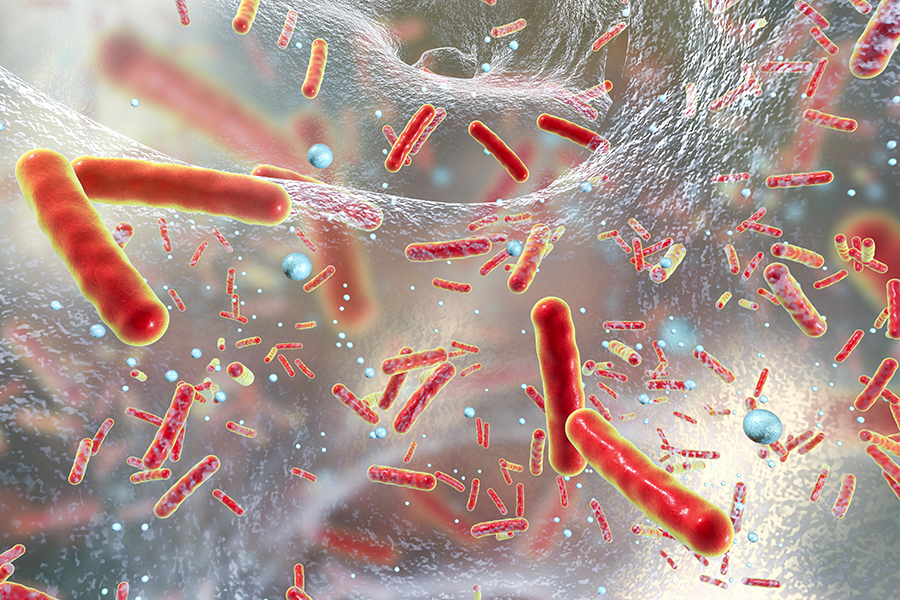
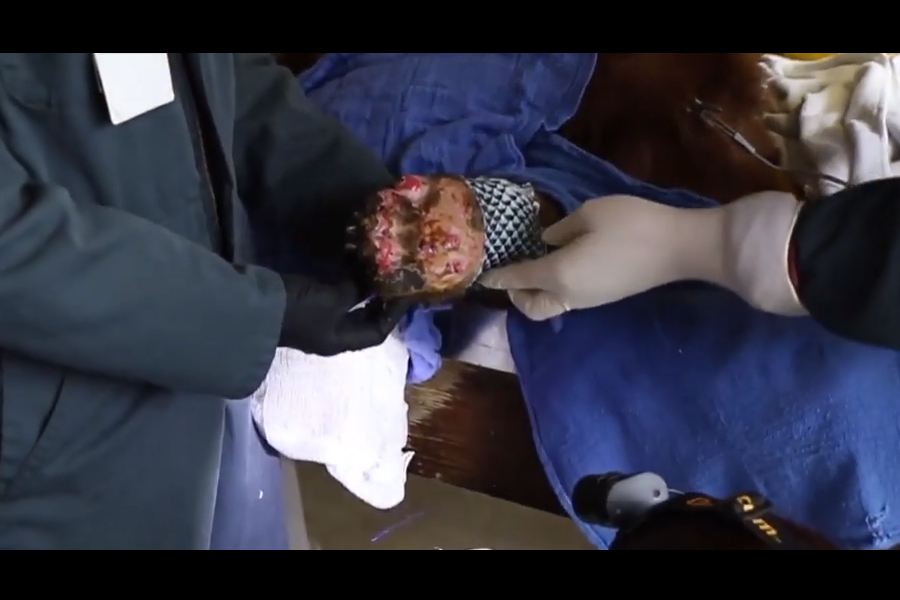
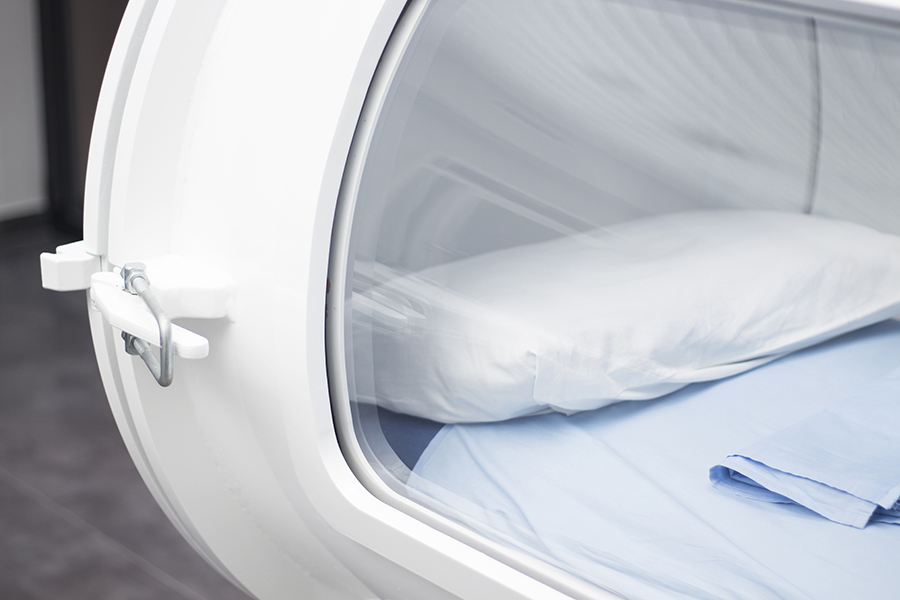
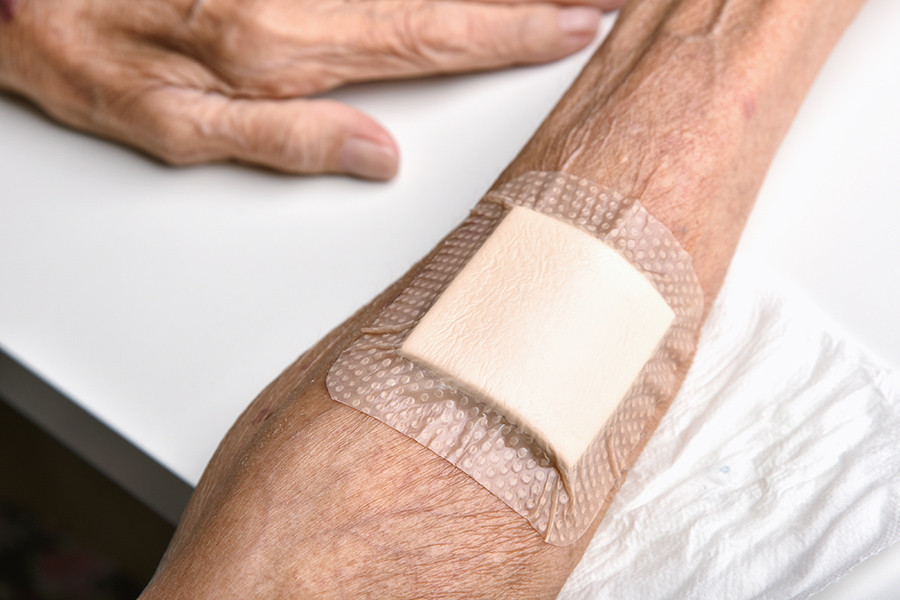
I am the owner of a home health business. I would like to know if you would send me some samples of your products. I operate my business in a rural area and would like to know about some of these products, as we do not see these commonly used and could benefit greatly from some education and further knowledge of newer wound care practices. Business address if you are able to send us some samples and any educational materials is:
Jacy’s Grace Home Health
47752 904th Road
Butte, NE 68722